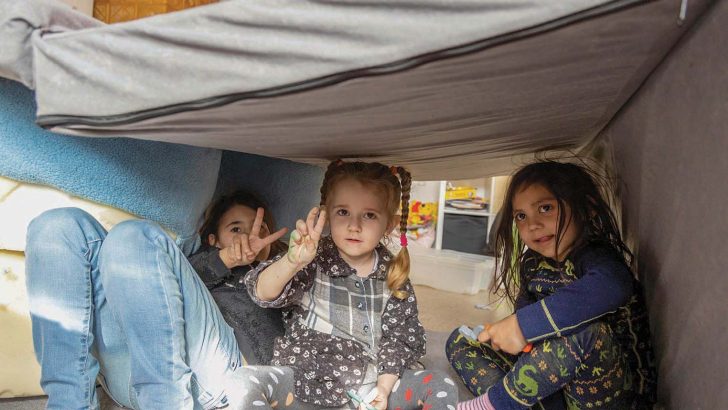The 1916 Proclamation of the Irish Republic, in some ways the country’s founding document, commits to cherishing ‘all the children of the nation equally’. The Thirty-first Amendment of the Constitution (Children) Act 2012 inserted clauses relating to children’s rights and the right and duty of the state to take child protection measures. This amendment was argued to be necessary to ensure the State would have the powers to protect children from its failures of the past.
It was also argued that there was a need to have a counterbalance for children within the Constitution where it was felt ‘family rights’ impeded the state in intervening where there were child protection concerns.
The tragic background to the Referendum included a now seemingly forgotten case of abuse in Roscommon where a mother-of-six from Co. Roscommon was sentenced to seven years in prison after being convicted on ten counts of incest, sexual abuse and neglect of her children after multiple failures of the State to intervene.
Children and their protection is an easy clarion call for government. Who can argue against it? But the reality is that even when the State’s objectives are well intentioned there are risks when individual, vulnerable children are expected to claim their rights against a State without intermediaries both to protect them and to advocate on their behalf.
Whether by omission or by commission the state, like any other institution, is vulnerable to failure when there is an asymmetry of power and accountability at play. Researchers from the Sexual Exploitation Research Programme (SERP) at UCD conducted a study that revealed teenagers in the care of the State are being targeted and sexually exploited by co-ordinated “gangs” of predatory men hanging around hotels and emergency accommodation.
Justine McCarthy in the Irish Times highlighted many of the failures of children in State care. She noted that “Last year, 29 young people died while they were in care or aftercare or were known to Tusla. The scarcity of special care beds for children at risk is so severe that one High Court judge has warned “a tsunami [is] about to reach shore and nothing is being done”.”
Peadar Toibin gave further harrowing evidence to the Oireachtas: “42 children died while actually in state care and 164 children died while known to child protection services. Half of the children who died while in State care died either by suicide or drug overdose. Twelve children were murdered while known to child protection services over the past decade. During the same period 62 children known to child protection services died by suspected suicide.”
At the same time, the Government has been reluctant to continue to provide funding to the Child Law Project, which reports on child and family law cases usually closed to the public, a necessary transparency mechanism that attempts to hold the State to account in its Constitutional responsibilities to children.
Only this week, Tanya Ward, chief executive of the Children’s Rights Alliance, called for an extra €20m in funding for Tusla, the Child and Family Agency, amid a 46% increase in referrals for child protection services and a 13% drop in the number of social workers in Ireland.
There is much energy in Government – and much of civil society – to pound its fist about failures of the past that can be attributed elsewhere; there is energy, time and money devoted to expanding abortion of unborn children; there is determination to introduce extraordinarily graphic and age-inappropriate sex-education at all school levels, and the Irish government has become an outlier in Europe in approving a surrogacy arrangement that gives no considerations to the rights of the child being commissioned.
The Proclamation attempted to guarantee to cherish all the Children of the nation, equally, but it appears that with the 2012 Constitutional Amendment, the State sought all of the power, but little of the responsibility, to live up to the Irish founders’ commitments.


 Children playing at the Challenging Hope Centre, where some have shown signs of post-traumatic stress.
Children playing at the Challenging Hope Centre, where some have shown signs of post-traumatic stress. 